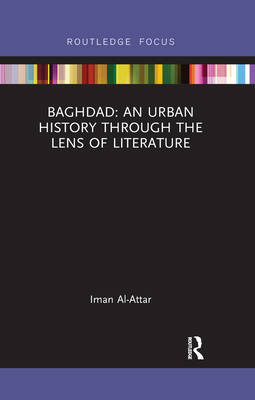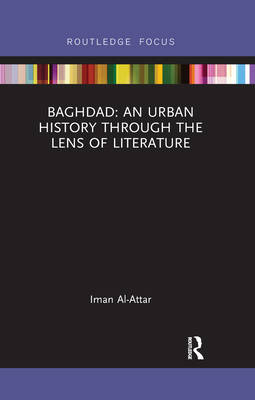
- Retrait gratuit dans votre magasin Club
- 7.000.000 titres dans notre catalogue
- Payer en toute sécurité
- Toujours un magasin près de chez vous
- Retrait gratuit dans votre magasin Club
- 7.000.0000 titres dans notre catalogue
- Payer en toute sécurité
- Toujours un magasin près de chez vous
Description
In recent years, Baghdad has been viewed as a battleground for political conflicts; this interpretation has heavily influenced writings on the city. This book moves away from these perspectives to present an interdisciplinary exploration into the urban history of Baghdad through the lens of literature. It argues that urban literature is an effective complementary source to conventional historiography, using in-depth analysis of texts, poems and historical narratives of non-monumental urban spaces to reveal an underexamined facet of the city's development.
The book focuses on three key themes, spatial, nostalgic and reflective, to offer a new approach to the study of Baghdad's history, with a view to establishing and informing further strategies for future urban developments. Beginning with the first planned city in the eighth century, it looks at the urban transformations that influenced building trends and architectural styles until the nineteenth century.
It will appeal to academics and researchers in interdisciplinary fields such as architecture, urban history, Islamic studies and Arabic literature.
Spécifications
Parties prenantes
- Auteur(s) :
- Editeur:
Contenu
- Nombre de pages :
- 134
- Langue:
- Anglais
- Collection :
Caractéristiques
- EAN:
- 9780367670443
- Date de parution :
- 30-09-20
- Format:
- Livre broché
- Format numérique:
- Trade paperback (VS)
- Dimensions :
- 135 mm x 213 mm
- Poids :
- 158 g

Les avis
Nous publions uniquement les avis qui respectent les conditions requises. Consultez nos conditions pour les avis.






